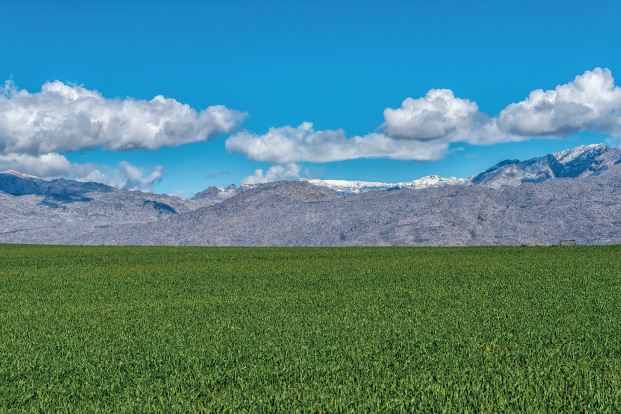Stronger rand bodes well for rates and importers
Google honours South African teen for experiment using orange peels
August 3, 2016
GMO soybeans backed for high-tech ag
August 16, 2016The rand cracked through the R13.60/$ barrier for the first time in 10 months this week, continuing the appreciating trend that took hold after the UK voted to leave the EU. The local currency has advanced 10% against the greenback since June 24 when the Brexit vote unleashed a wave of selling across financial markets, dragging the rand to lows of R15.68/$.
But markets have stabilised since, thanks to an intervention by some of the world’s major central banks to limit the fallout for the world economy, which is still struggling to pick up pace nearly a decade after the 2008-09 financial crisis. The Reserve Bank of Australia and the Bank of England last week cut their interest rates to record lows, a development that, at least in theory, makes SA a destination of choice for foreign capital looking for a better yield because of relatively higher interest rates.
The country has attracted a net R53.19bn in bond inflows so far in 2016, compared with R13.52bn in the same period in 2015, according to JSE data. “We are in an environment where central banks are accommodative for longer and investors are hungry for yield,” says Mike Keenan, currency strategist at Barclays Africa, predicting the rand could strengthen to R13.20/$ in the short term. The stronger rand is likely to take pressure off the Reserve Bank’s monetary policy committee, which has raised rates by a cumulative 75 basis points in 2016 to ward off inflation that has been outside the upper end the 6% target range since December.
The consumer price index quickened to an annual rate of 6.3% in June from 6.1% in May, according to Statistics SA data. What this effectively means is that we shall need fewer rand to buy imports that are denominated in other currencies. “The stronger rand brings down the cost of imported goods,” South African Institute of Race Relations economist Ian Cruickshanks says. The relatively lower oil prices also augur well for the inflation outlook at a time when early indications are that the country will have normal rain in summer, which would enable farmers to replenish stocks that were depleted by the 2015-16 drought.
Food prices spiked and the country has had to import maize to counter a shortfall in local production. According to the South African Grain Information Service, since May the country has imported 148,190 tonnes of white maize and 275,042 tonnes of yellow maize. Further imports of maize are expected until May 2017, when farmers hopefully will have adequate stock for the country if sufficient rain falls this summer. SA is expected to consume 10.4-million tonnes of maize in the current marketing period, which ends in April. Including exports, the figure will rise to 11.22-million tonnes. The maize import forecast in the same period varies between 3.3-million and 3.8-million tonnes, according to the Agricultural Business Chamber.
But not everyone benefits from the strength in the rand, which has appreciated 19% since its record closing low against the dollar at about R16.87/$ in January. Local companies that generate the bulk of their revenues overseas may be negatively affected when they repatriate funds back home if the rand continues to strengthen.
For the first time in a number of years, rand investors in the JSE industrial 25 index are feeling the squeeze of the currency. The index, which carries a bigger weighting in the JSE all share index (Alsi), is flat since January 20 but has rallied 22% in dollar terms. “Things definitely don’t look good for the local bourse — we are almost a 50% rand hedge market,” says Casparus Treurnicht, portfolio manager at Gryphon Asset Management. The R15-trillion Alsi has returned 10% in rand terms since bottoming in January, but these gains balloon to 35% when they are converted into dollars in the same period.
Source: BDlive



